Amstrad CPC
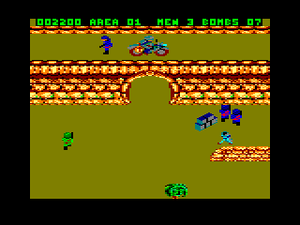
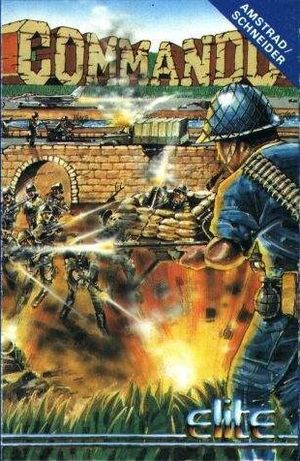
Developed and Published by Elite Systems in the United Kingdom in 1985. Rereleased by Encore in 1988.
Apple II
Although reports say that this game was developed by Quicksilver Software and published by Data East in 1987, there is little evidence of this game's existence, possibly due to how late it arrived in the Apple II's lifetime.
Atari 2600
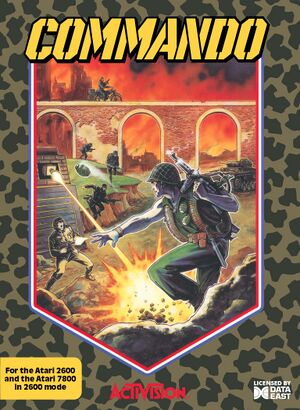
Ported by Imagineering Inc., and published by Activision in 1988. Clearly the least impressive looking graphically.
Atari 7800

Ported by Sculptured Software, and published by Atari in 1989. Considered quite faithful to the arcade by most accounts. Inclusion of the Pokey sound chip on the cartridge allows for a very impressive arrangement of the music from the arcade version.
Atari XE
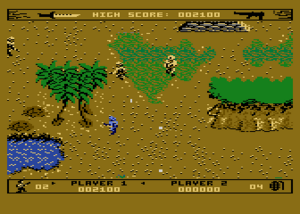
Ported by Sculptured Software, and due to published by Atari in 1989. Atari canceled the release, and the game never made it out of prototype phase, although the prototype is actually quite complete and playable. The prototype was found and made available for download on the internet in the early 2000s.
Atari ST

Developed and Published by Elite Systems in the United Kingdom in 1990. A very accurate port that is only hindered by the reduction of the vertical screen height.
Commodore 64

Developed and Published by Elite Systems in the United Kingdom in 1985. Repackaged by Data East for release in the United States that same year. The Commodore 64 version's theme, a "funky" version of the arcade, was created in less than 12 hours by Rob Hubbard. The music since then has reached a cult status among Commodore 64 enthusiasts - nearly everyone who ever had a C64 knows and recognizes the tune. The cracking group (Lurid Tricycle) considered the Commodore version so easy that they added an un-trainer, to make the game harder.
Commodore Amiga
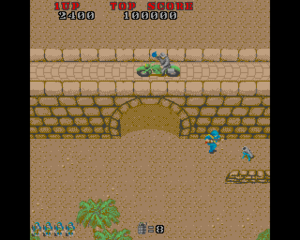

Developed by Elite Systems and published in the United States by Capcom in 1989. Published by Elite Systems in the United Kingdom in 1990. By far, the most graphically accurate port of the game produced during its time.
Intellivision
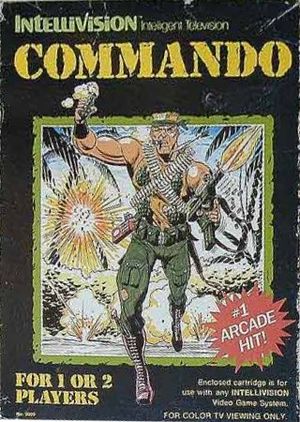
Ported by Realtime Associates and published by INTV in 1987. It was reported that programmer John Tomlinson was slacking off too much, and the deadline was slipping, so sound designer David Warhol actually "kidnapped" him, by picking him up at his home, keeping him at his own place until the game was finished. The final product is considered to be one of the worst games ever created. Reportedly, Capcom considered filing a lawsuit against Realtime Associates for their shoddy work.
MS-DOS
Developed by Quicksilver Software and published by Data East in 1986. It is unknown if any version of the game could utilize EGA graphics, or if CGA was the only version available.
MSX

Developed by Capcom, but published by ASCII Corporation in Japan in 1987.
NES
Developed and published by Capcom. It was released first in Japan, then in the United States, all within 1986. For more information about the Famicom / NES version of the game, please see the NES Walkthrough page.
-
Screenshot
-
Famicom box
-
NES box
Sinclair ZX Spectrum
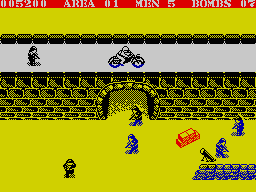
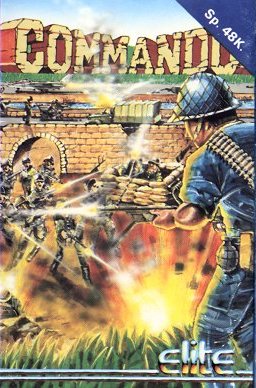
Developed and Published by Elite Systems in the United Kingdom in 1985. Rereleased by Encore in 1988.


